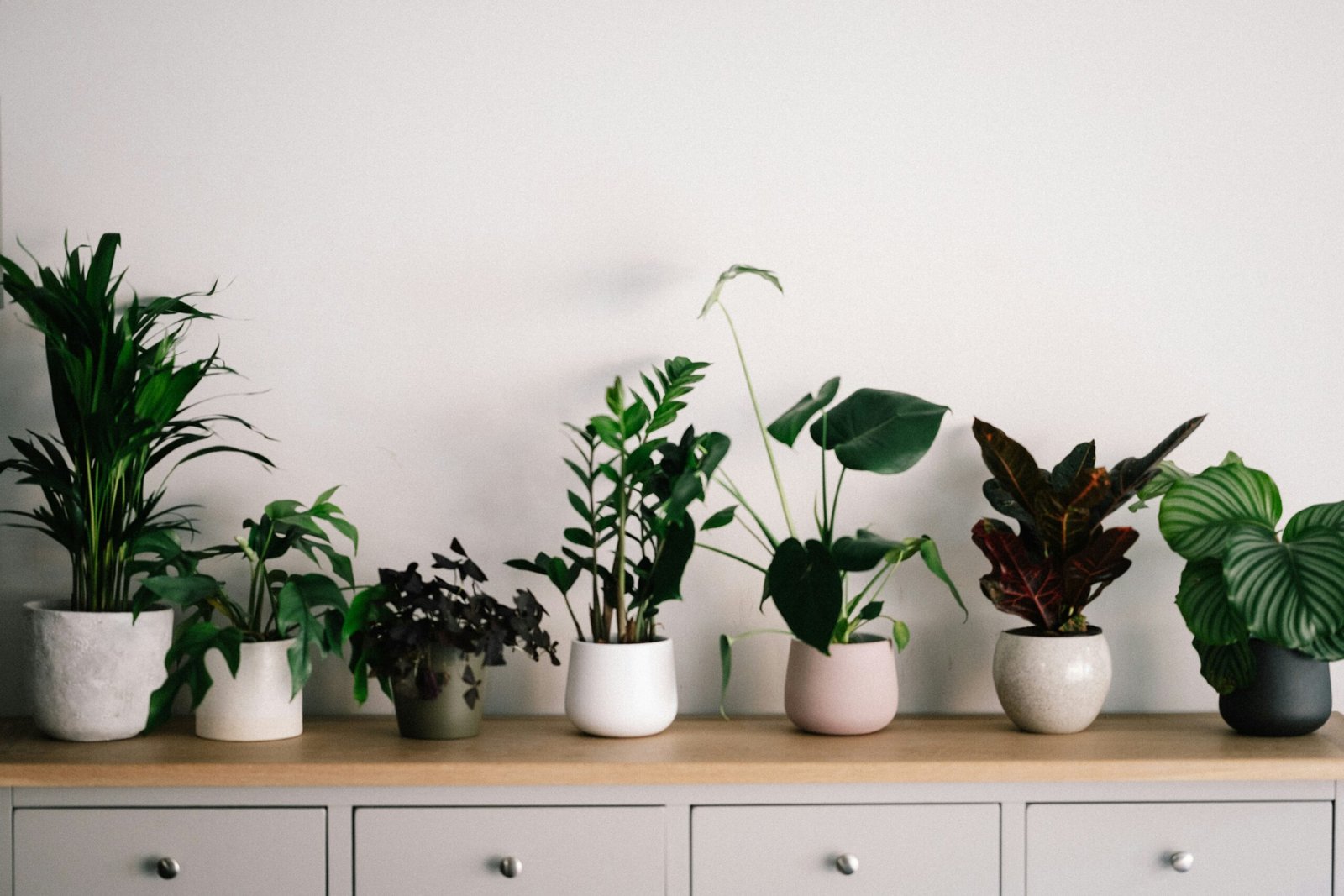How to Protect Your Plants from Common Pests in Kenya

Gardening in Kenya offers the joy of cultivating beautiful plants, but it also comes with the challenge of dealing with pests that can damage or even destroy your plants. Common pests such as aphids, spider mites, and caterpillars can wreak havoc on your garden if left unchecked. Protecting your plants from these pests is crucial to maintaining a healthy and thriving garden. This guide will provide practical tips on effective plant pest control in Kenya, helping you keep your plants safe and flourishing.

Common Plant Pests in Kenya and How to Identify Them
- Aphids
- Description: Small, soft-bodied insects that are usually green, black, or brown. They cluster on the undersides of leaves and stems.
- Damage: Aphids suck the sap from plants, causing leaves to curl, yellow, and stunt growth.
- Spider Mites
- Description: Tiny red or yellow mites that are hard to see with the naked eye. They form fine webs on the underside of leaves.
- Damage: Spider mites suck plant juices, leading to yellowing leaves, speckled damage, and leaf drop.
- Caterpillars
- Description: Caterpillars are the larvae of moths and butterflies, often green or brown, with a segmented body.
- Damage: They chew on leaves, leaving holes and ragged edges, which can severely affect plant health.
- Whiteflies
- Description: Tiny, white, winged insects that flutter around when the plant is disturbed.
- Damage: Whiteflies suck sap from plants, causing leaf yellowing, stunted growth, and spreading diseases.
- Mealybugs
- Description: Small, white, cottony insects that cluster on leaves, stems, and in plant crevices.
- Damage: They feed on plant sap, excrete honeydew that attracts ants, and cause mold growth.

Effective Plant Pest Control Methods in Kenya
1. Natural Pest Control Solutions
- Neem Oil: Neem oil is a natural insecticide derived from the neem tree, widely available in Kenya. It effectively controls aphids, spider mites, and whiteflies by disrupting their life cycle.
- How to Use: Mix neem oil with water according to the instructions and spray on affected plants, covering the leaves, stems, and undersides.
- Soap Spray: A simple mixture of mild liquid soap and water can help control soft-bodied pests like aphids and spider mites by suffocating them.
- How to Use: Mix 1-2 tablespoons of mild soap in a liter of water and spray directly on pests. Avoid using harsh soaps that can damage plants.
- Garlic and Chili Spray: Garlic and chili are natural repellents that deter pests like caterpillars and aphids.
- How to Use: Blend a few garlic cloves and chili peppers with water, strain the mixture, and spray on plants.

2. Biological Control
- Introduce Beneficial Insects: Ladybugs, lacewings, and predatory wasps feed on common pests like aphids and caterpillars. Encouraging these beneficial insects in your garden can provide natural pest control.
- How to Encourage: Plant flowers like marigolds, daisies, and fennel to attract beneficial insects.
- Bacillus thuringiensis (Bt): Bt is a naturally occurring bacteria that targets caterpillars without harming other beneficial insects.
- How to Use: Apply Bt as a spray directly on caterpillars and their feeding areas.
3. Cultural Practices
- Crop Rotation: Regularly changing the location of your plants can prevent pests that are specific to certain crops from becoming established.
- Proper Plant Spacing: Crowded plants are more susceptible to pests due to poor air circulation. Ensure proper spacing to reduce the likelihood of pest infestations.
- Regular Monitoring: Check your plants regularly for signs of pests. Early detection allows you to take swift action before the infestation spreads.
4. Physical Control Methods
- Handpicking: For large pests like caterpillars, handpicking and removing them from plants can be effective. Dispose of the pests in soapy water to kill them.
- Water Spray: A strong jet of water can dislodge aphids, spider mites, and whiteflies from plants, reducing their numbers significantly.
- Sticky Traps: Use yellow sticky traps to catch flying pests like whiteflies and aphids. These traps are easy to use and help monitor pest populations.
5. Chemical Control (Use as a Last Resort)
- Insecticidal Soaps and Sprays: If natural methods are not enough, consider using insecticidal soaps or sprays available at garden centers in Kenya. Always follow the instructions carefully to avoid harming beneficial insects or damaging your plants.
- Systemic Insecticides: For severe infestations, systemic insecticides can be used. These are absorbed by the plant and kill pests feeding on it. However, they should be used with caution due to their impact on the environment.
Preventive Measures to Keep Pests Away
- Maintain Healthy Plants: Healthy plants are less susceptible to pests. Ensure your plants receive adequate water, sunlight, and nutrients.
- Clean Up Debris: Remove fallen leaves, dead plants, and other garden debris that can harbor pests.
- Avoid Overwatering: Overwatering can attract pests like fungus gnats and lead to root rot, weakening plants and making them more vulnerable to pests.
Conclusion
Protecting your plants from common pests in Kenya doesn’t have to be complicated. By using a combination of natural, biological, and physical methods, you can effectively manage pest populations and keep your garden thriving. Regular monitoring, early intervention, and maintaining healthy plants are key to successful plant pest control. With these strategies, you can enjoy a pest-free garden and lush, healthy plants all year round.




